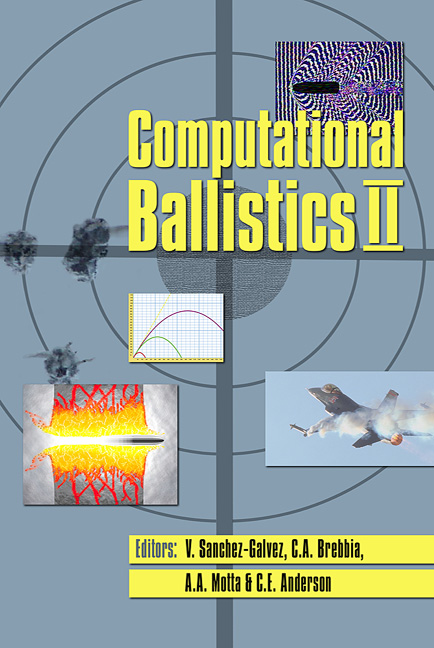Modelling Missile Impact And Explosion By A Finite/discrete Element Gas-solid Interaction
Price
Free (open access)
Transaction
Volume
40
Pages
11
Published
2005
Size
545 kb
Paper DOI
10.2495/CBAL050121
Copyright
WIT Press
Author(s)
S. Mohammadi
Abstract
Engineers consider an explosion as a rather wild phenomenon and too complex to be analyzed by deterministic approaches. In this study, however, an attempt has been made to adopt a combined finite discrete element methodology to couple gas dynamics equations and solid deformation states to develop a numerical tool for simulation of explosion. The method uses a standard finite element method accompanied by strain softening behaviour for modeling initiation and propagation of solid cracks due to high gas pressure. This variable high pressure is governed by gas mass and momentum conservation equations. Gas behaviour is fully coupled by solid deformation which changes the density and porosity required in gas dynamics equations. The proposed model for the flow of the detonation gas enables us to evaluate the spatial distribution of the pressure and mass of the detonation gas over a complex geometry of cracked/fragmented solid model. Geometric and material nonlinearities are allowed for fully deformable finite element mesh and cracked/fragmented discrete elements. Local adaptive remeshing (enrichment) techniques are used to geometrically simulate the cracks. Keywords: impact, explosion, coupled gas solid interaction, finite/discrete element method. 1 Introduction Accurate and efficient simulation of a missile impact and explosion problem requires a powerful numerical tool for modelling contact, impact, penetration and explosion phenomena. Having involved various mechanical behaviors in various fields such as plasticity, fracture mechanics, gas dynamics and chemical/mechanical behaviour of detonation and explosion has made the
Keywords
impact, explosion, coupled gas solid interaction, finite/discrete element method.




